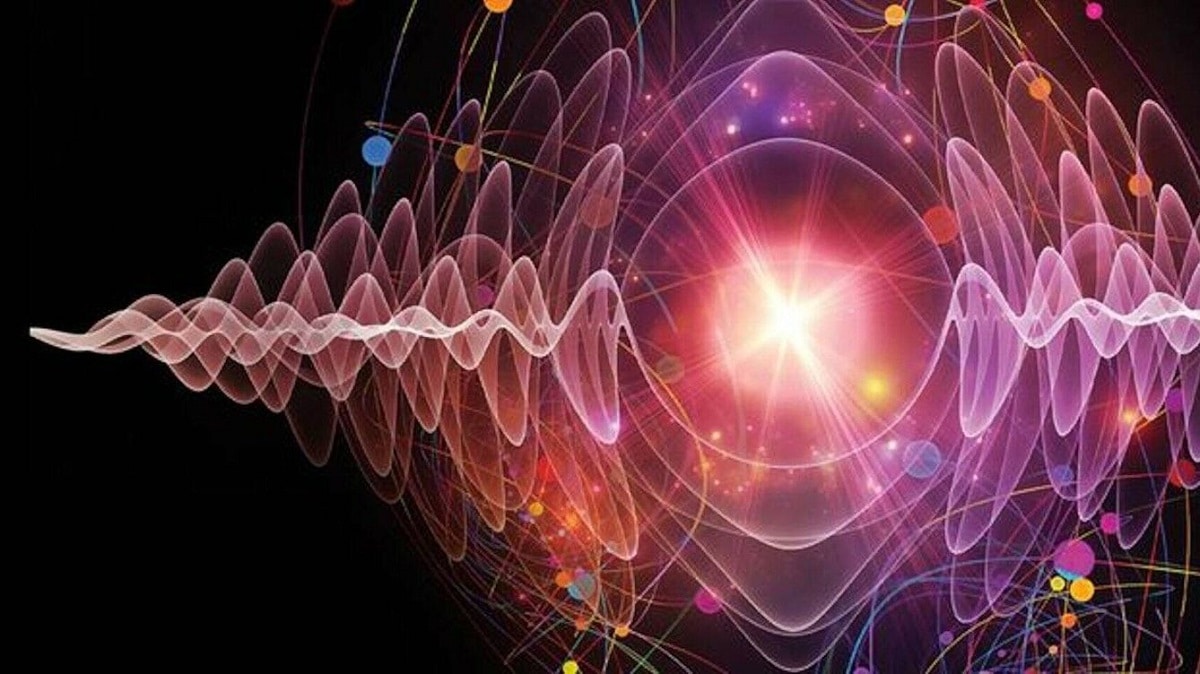
Physics is a scientific discipline belonging to the so-called natural or "pure" sciences, with antecedents dating back to classical times. Along with chemistry and biology, it has profoundly changed the way we humans understand and process the world around us. There are different branches of physics that can be studied together with this science.
In this article we are going to tell you about the different branches of physics, their characteristics and what they study.
Physics and chemistry

Chemistry studies the composition of matter and living things, biology and physics is dedicated to the study and scientific description of the fundamental forces that govern the universe. Based on the study of these forces and the points of contact of that study with other scientific and disciplinary areas, physics is divided into many branches or fields, each with its own name and objectives.
However, since physics is one of the oldest sciences, and since other disciplines that exist today did not always exist, it is common to distinguish three great moments, or three great perspectives, that the study of physics contains.
Branches of physics

- classical physics. Its background comes from classical antiquity, especially ancient Greece, and focuses on phenomena in the universe where the speed is less than the speed of light and the spatial scale is greater than atoms and molecules. The principles of it are based on classical mechanics or Newtonian mechanics, since Isaac Newton (1642-1727) was one of the great thinkers.
- Modern physics. Its origins date back to the late 1858th and early 1947th centuries, and thanks to the research of Max Planck (1879-1955) and Albert Einstein (XNUMX-XNUMX), the different concepts of classical physics were profoundly modified: special relativity . and general relativity.
- Contemporary physics. The most innovative trends, whose starting points are located at the end of the XNUMXth century and the beginning of the XNUMXst, are dedicated to the functional description of non-linear systems, processes outside thermodynamic equilibrium and, often, the most avant-garde and complex trends around to the unobservable universe.
Variants of the branches of physics

During these three moments, physics has been accumulating fields of study, each of which initiates or encompasses one of the so-called branches of physics:
- Classic mechanics. It focuses on the concept of moving at speeds below the speed of light and the macroscopic behavior of objects, and is characterized by treating time as an immutable concept and the universe as a defined entity. In general, it is made up of vector mechanics, the results of Isaac Newton's research and his laws of motion, and analytical mechanics of an abstract and mathematical nature, whose initiator is considered to be Gottfried Leibniz (1646-1716).
- Thermodynamics. Dedicated to the study of the energy balance of macroscopic systems, their heat and energy transfer processes, the form of energy and how it is used to perform work.
- Electromagnetism. It is the branch of physics that studies electricity and magnetism and does so in a unified way, that is, by the same and unique theory. This meant that he became interested in the phenomena of electric and magnetic fields and their correspondence and interaction, taking light into account. Its origins go back to the studies of Michel Faraday (1791-1867) and James Clerk Maxwell (1831-1879).
- Acoustics. This is the name of the physics of sound, dedicated to the study of the properties and propagation of sound waves, their behavior in different media and their possibility of manipulation. Its applications are fundamental in the world of musical instruments, but they go further in our daily life.
- Optics. It is the physics of light, dedicated to understanding the complex nature of the visible (and invisible) electromagnetic spectrum and the ways in which it interacts with matter: different media, reflective materials, and prisms. This discipline arose in antiquity but has been revolutionized in modern times, allowing the creation of devices that humans had never suspected before, such as microscopes, cameras and corrective (medical) optics.
- Fluid mechanics. It focuses on the study of the movement of fluids and their interaction with their environment. This means that it mainly studies liquids and gases, but also other complex forms of matter that can flow, that is, become continua.
- Quantum mechanics. It is dedicated to the study of nature at very small spatial scales, such as atoms and subatomic particles. He analyzes their dynamics and interactions and is the result of advances in physics at the beginning of the XNUMXth century that started from the assumptions of classical mechanics and opened up a new field of study: the subatomic world and its possible manipulation.
- Chaos theory. It focuses on the study of complex and dynamic physical systems, using Newton's differential equations and the contributions of physicists such as Lenz (1917-2008), etc.
other branches
In addition, due to the interaction with other sciences and disciplines, some branches of physics have been born:
- Geophysics. It is the result of contact between physics and geology, dedicated to the study of the inner layers of our planet: its structure, dynamics and evolutionary history, taking into account the well-known fundamental laws of matter: gravity, electromagnetism, radiation, etc.
- Astrophysics. It is about stellar physics, that is, physics applied to the study of visible or detectable objects in outer space, such as stars, nebulae or black holes. This discipline goes hand in hand with astronomy and provides a wealth of information about how extraplanetary space works and what conclusions can be drawn from its observations.
- Physical chemistry. It is the intersection of the science of forces (physics) and the science of matter (chemistry). It includes the study of matter using physical concepts.
- Biophysics. Dedicated to the study of living beings from the perspective of physics, especially at the level of molecular dynamics, that is, the exchange and interaction of subatomic particles and energy between and within living beings.
I hope that with this information you can learn more about the branches of physics and their characteristics.